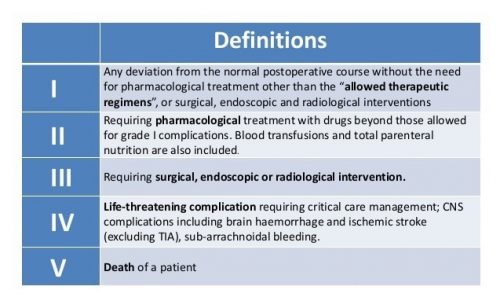Major trauma victims are evaluated by a team to rapidly identify life and limb threatening injuries. This is accomplished during the primary and secondary surveys done in the ED. The ATLS course states that it is more important for the team to identify that the patient has a problem (e.g. significant abdominal pain) than the exact diagnosis (spleen laceration). However, once the patient is ready for admission to the trauma center, it is desirable to know all the diagnoses.
This is harder than it sounds. Physical examination tends to direct diagnostic testing, and some patients may not be feeling pain, or be awake enough to complain of it. Injuries that are painful enough may distract the patient’s attention away from other significant injuries. Overall, somewhere between 7-13% of patients have injuries that are missed during the initial evaluation.
A well-designed tertiary survey helps identify these occult injuries before they are truly “missed.” This survey consists of a structured and comprehensive re-examination that takes place within 48-72 hours, and includes a review of every diagnostic study performed. Ideally, it should be carried out by two people: one familiar with the patient, and the other not. It is desirable that the examiners have some experience with trauma (sorry, medical students).
The patients at highest risk for a missed injury are those with severe injuries (ISS>15) and/or impaired mental status (GCS<15). These patients are more likely to be unable to participate in their exam, so a few injuries may still go undetected despite a good exam.
I recommend that any patient who triggers a trauma team activation should receive a tertiary survey. Those who have an ISS>15 should also undergo the survey. Good documentation is essential, so an easy to use form should be used. Click here to get a copy of our original paper form. We have changed over to an electronic record, and have created a dot phrase template, which you can download here.
Next post: Does the tertiary survey actually work?

